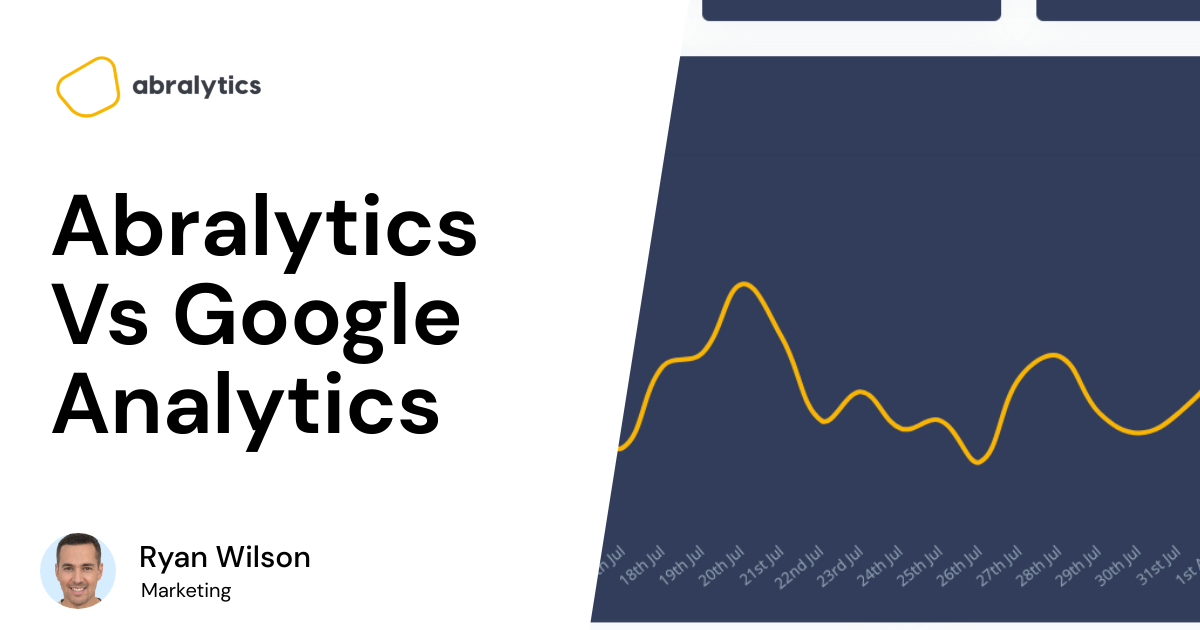Anyone with a Google Analytics account wants to use it to its full potential. To do this, website owners will often set goals for their website that track specific user interactions.
Think of these analytical goals as a triathlete’s goals when preparing for a big race. A triathlete might focus his energy on one specific discipline at a time. Likely, he’ll begin with what needs to be improved the most.

Source: Pexels.com
As he gets better at each discipline, he will reduce or stop his training in that field entirely and move on to the next. These training methods may even overlap.
Similarly, goals in Google Analytics help users or web developers focus on what is most needed to maximize their chances of success. As businesses develop and website traffic changes, developers need to set new goals to keep websites optimized and content current.
Let’s delve a little deeper into Google analytics goals by discussing what they are, how you can create new goals, what you should be doing with your old goals, and more specifically, how to delete goals in Google Analytics.
First of all…
What are Google Analytics goals?
Similar to our athlete setting basic goals for himself when getting ready for a big race, there are four primary Google Analytics goals that website developers should consider setting, namely:
- Destination Goals
- Duration Goals
- Pages per session / Visit Goals
- Event Goals

Source: Pexels.com
Here’s a breakdown of those four core goals in Google Analytics
Destination goals
Google defines Destination Goals as ‘Conversions based on users viewing a specific page or screen.’
Basically, it tracks when a user lands on a specific page on your website. The purpose is best suited to the landing page, including the confirmation page, the gratitude page, or the sign-up pages for an email list and other forms. It is a common way of measuring conversion rates in your business.
Duration Goals
Visit duration goals measure the length of time visitors spend on an application or site. You can use the goal to track the number of visitors who stay on a specific page for a given period.
For instance, you can see how many users stay on the site for more than a few minutes, engage in various activities, and read your content.
Visit Goals/ Pages Per Session
Visit goals or Pages per Visit is a simple goal to set up in Google Analytics. It’s super helpful to track the number of pages each person visits before leaving. Like the Duration goals, this is great for tracking user engagement and knowing which sections of your website may need improvement.
Event Goals
Event goals allow users to track visitors’ different actions on their site. Google Analytics events are useful if you want to know how many people filled out a form, downloaded a file, or played a video, for example.
In addition to these goal types, your google analytics account also can track smart goals. Think of them like the pro tips a coach would give an athlete.

Source: Pexels.com
These goals need to be switched on manually, but this is a simple process.
Smart Goals
Smart Goals are specifically designed to help Google Ads advertisers who may not have enough conversions to use the Google Ads optimization tools, such as automated bidding.
By enabling smart goals, your Analytics account automatically evaluates your website or app visits and assigns each a score.
The “best” visits are then automatically translated into Smart Goals.
Look at this awesome blog for a more in-depth look at these core Goals in Google Analytics.
The basics of setting goals
Creating goals for your business website or app is an easy 4 step process.
- Sign in to your Google Analytics account
- Click on Admin and navigate to the View column
- Once in the View settings column, click on goals
- Click + New Goal to add a new goal, or click on an existing goal and edit it accordingly.
Here you can set an event goal, duration goal, or similar custom goals.
Best practices for assigning Google Analytics goals

Source: Pexels.com
When choosing which goals to set up in Google Analytics, ask yourself: How do I get more sales and increase my business conversion? Then list the most important actions for your company, whether for revenue or leads.
These actions can be email submissions, demo requests, subscription newsletters, and other activities showing interest and engagement for lead businesses. E-commerce websites should set up E-commerce Tracking System.
Simply put, identify what’s most important to your business and set your own goals to add value to your site.
Can I delete a Google Analytics goal?
No, it’s impossible to delete a goal from your Google Analytics property.

Source: Pexels.com
Sounds odd, right?
You might fear that goals that are no longer needed will clog up your analytics system. However, old goal-based data won’t impact your account tracking in the future.
Old goals have no retroactive effect and therefore do not affect current statistics. It is processed only once to achieve the goals and that historical data does not apply to current goal tracking.
What can I do instead of deleting goals?
It is possible to change a goal to be inactive. Doing so will stop your Google Analytics Account tracking data on that specific goal. This, too, is a straightforward process:
- Sign in to your Account
- Navigate to your goals
- Locate the goal you wish to edit or change
- Turn the recording toggle on or off.
Now that you’ve paused tracking data from a particular goal, why not create a new view? Think about your goal types and your future success. Use this opportunity to work on goal configuration and find a new use for existing goals.

Source: Pexels.com
While you’re rethinking your goals, why not act on this new enlightened way of thinking and try a different way of web analysis completely.
Abralytics
Every now and then, an athlete will change things up. He will go for a morning run, when the air is crisp and fresh, rather than late evenings when he’s worn down.

Source: Pexels.com
Abralytics has been providing that fresh take on analytics. Instead of overwhelming you with mountains of data and technical jargon, we hone in on what’s truly important for web analysis.
Abralytics allows you to set goals without having a master’s degree in analytics. These goals help you discover user actions that are leading to wins. When your page wins, you win. It’s as simple as that.
Similar to the Smart Goals feature mentioned earlier, Abralytics will show you which opportunities are available to you with their Smart AI. You then access unique ways to optimize your site and drive conversion rates.
Click here for a free 30-day trial.




